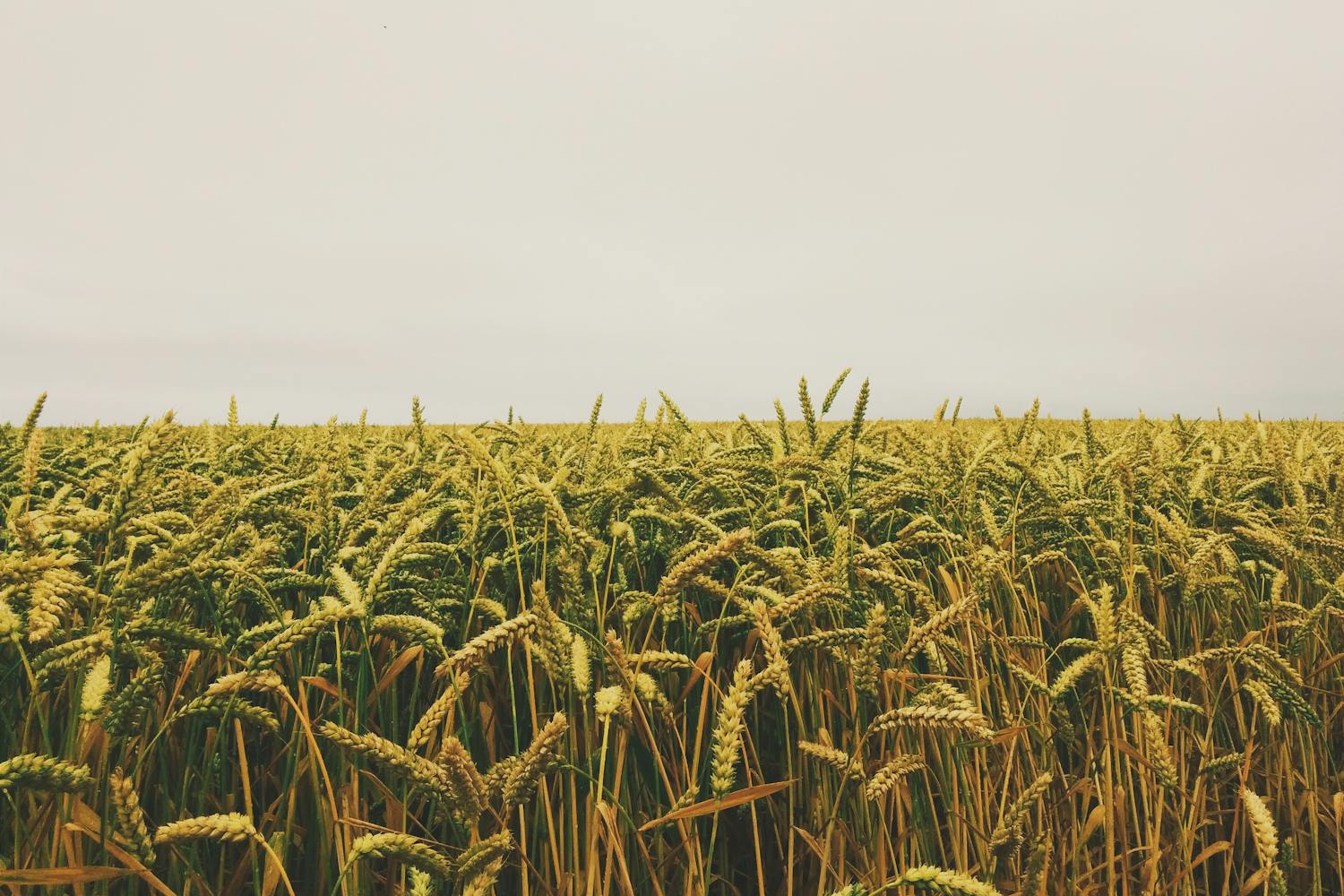Faced with the increasing demands of modern agriculture – ravaged by pests, imperative to optimize yields – some farmers turn to cutting-edge technologies. Sharing today of drones and on AI is one of the most promising alliances to ensure crop monitoring. This technological synergy not only enables proactive problem detection, but is greatly enhanced agricultural management efficiency making the whole process more precise and responsive.
The Brown Marbled Stink: Scourge
Although they are known for their unpleasant smell when crushed, bed bugs actually represent one of the most feared agricultural scourges in North America and southern Europe. Here we are talking about the brown marbled stink bug or devil’s stink bug (Halyomorpha halys), originally from Asia. They caused damage estimated at 500 million euros on the Old Continent in 2019 alone. They attack apple trees, pears, vines, soybeans or corn. A real disaster on six legs.
Monitoring these pests is essential as they threaten crop sustainability. However, currently used methods are often tedious and inefficient on a large scale. A recent study conducted by Italian researchers and published in the journal Pest Control Science in April looked the use of drones equipped with cameras and AI algorithms. They used this system to monitor these bugs in pear orchards.
Agriculture 3.0
For their experiment, the scientists used a commercial drone, the DJI Matrix 300. Equipped with a high-definition camera, he was able to capture very detailed images of the bugs infesting the orchard. By developing an automated flight protocol, they were able to remotely pilot the drone using a mobile app, flying it over areas attacked by the insect.
So the drone took hundreds of pictures of excellent quality, which were then used for training. An AI algorithm capable of identifying bed bugs with 97% accuracy. Daniele Giannetti, a researcher at the University of Parma and co-author of the study, said: ” This innovative monitoring system demonstrates the potential of integrating drones and AI to detect and quantify the presence of pests ».
Apart from this experiment, bed bug monitoring is an extremely tiring task. This is mainly done by using pheromone traps that attract insects, followed by manual counting. A very common method, but the labor costs are very high and it is much more limited in efficiency if we compare it to the drone+AI method.
During the drone flights, the researchers witnessed unexpected behavior of the bed bugs. Far from escaping or falling from the plants, the pests remained completely still as the drone flew over them at a height of between 4 and 8 meters. Nearly 85% of observed specimens show this freezing behavior.. A phenomenon that allowed the drone to capture images with excellent clarity, with the bed bugs clearly visible in the frame. Of the 2,459 images captured by the drone, 402 contained bed bugs.
The researchers then manually annotated these photos to train the AI algorithm, which proved extremely effective at identifying pests in other photos. Although the study focused on bed bugs, scientists believe that the same principles can be applied to monitoring other pestsby using drone imagery to train AI models specialized in this task.
Therefore, the integration of drones and artificial intelligence in the agricultural sector opens up exciting prospects for crop management and pest control. Lara Maistrello, professor at the University of Modena and co-author of the study, was particularly convinced: “ This experience is really promising. We welcome these results with great interest, especially because of the wide range of future applications “. Indeed, other applications are possible and equally attractive : soil analysis, weed spread monitoring, irrigation optimization, etc.
- Italian researchers have developed a new type of protocol for monitoring a pear orchard infested with bedbugs.
- They used a drone equipped with a camera and powered by AI algorithms to detect bedbugs on trees.
- A much more effective method than traditional methods that can be applied in other areas of the agricultural sector.

